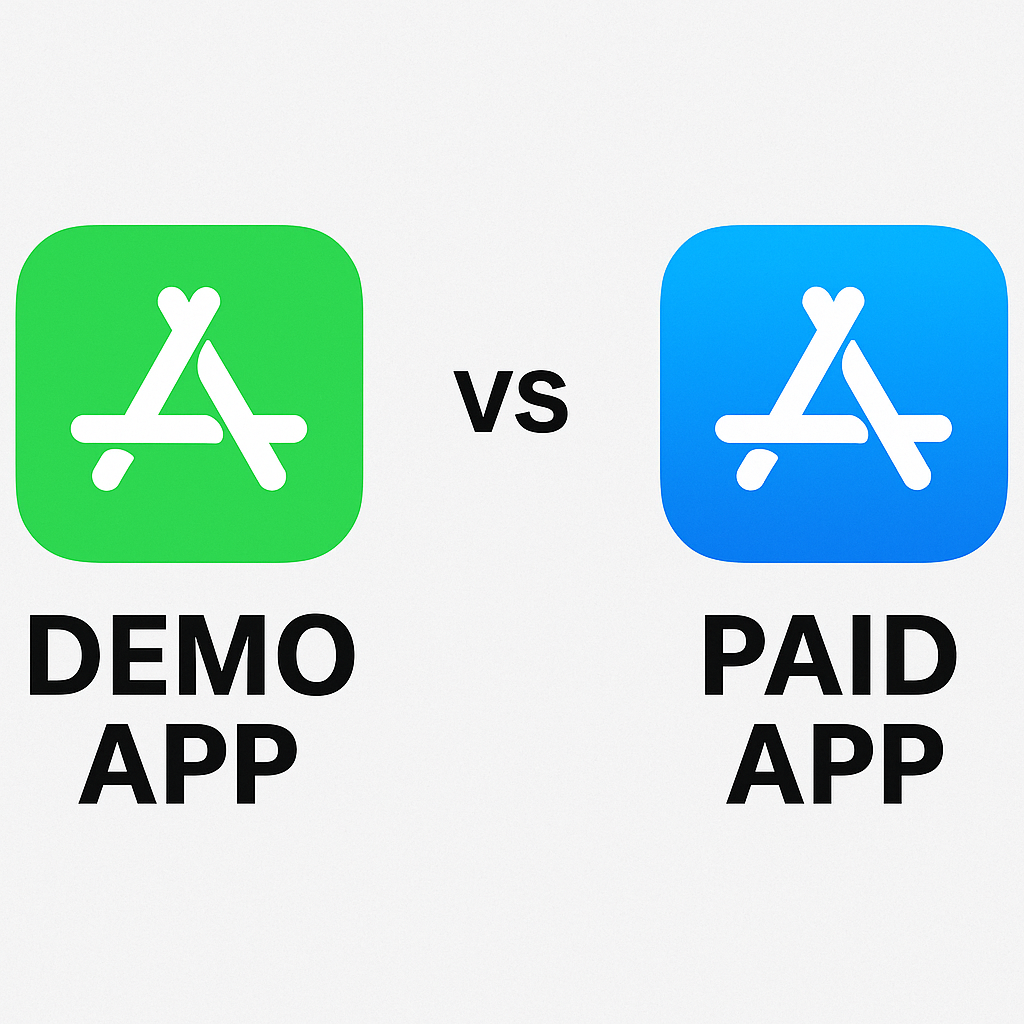50% of Tablet Owners watch TV Shows and Videos on Their Device
Over the past few years, tablets have become more than just oversized phones or mini laptops. They’ve quietly taken a front-row seat in how we consume entertainment—especially when it comes to watching TV shows and videos. In fact, data shows that nearly half of all tablet owners regularly use their devices to watch video content.
That’s not just a stat—it’s a window into how media habits are shifting. And if you’re in the business of creating content, marketing apps, or even building products for entertainment, this matters more than you might think.
The Tablet Viewing Boom: Why It’s Happening
So why are tablets becoming go-to devices for video?
Simple. They sit right in the sweet spot between the tiny screen of a phone and the bulky footprint of a TV or laptop. You can lounge on the couch, prop a tablet up on a table, or binge a show in bed without juggling a charger, keyboard, or remote.
Most tablets today also offer:
Larger, high-resolution displays
Better battery life than smartphones
A dedicated media consumption ecosystem (thanks to apps like Netflix, YouTube, Hulu, Disney+, etc.)
And with more people working from home or turning to streaming for everyday entertainment, Tablets have become personalized TV screens, much like how tablet owners increasingly consume games and music too.
What the Numbers Say
Let’s look at the data behind this trend.
A recent survey by The Diffusion Group found that 89% of tablet users watch video content, and nearly 50% say they use their tablet primarily for watching TV shows and movies. That’s a massive behavioral shift compared to just a decade ago, when tablets were mostly considered productivity tools or reading devices.
According to Statista, watching video is now one of the top 3 activities for tablet owners—right behind browsing the web and checking email.
In homes with kids, tablet video usage jumps—especially for child-focused streaming platforms.
The U.S. Census Bureau reports that over 80% of households with kids own at least one tablet, and in most of those homes, streaming cartoons or educational content is a daily routine.
Who’s Doing the Watching? (Hint: It’s Not Just Kids)
While it’s easy to assume tablets are just for kids and classrooms, the actual demographics are broader than that.
Tablet video consumption is high among:
Adults aged 18–49 – particularly commuters and remote workers
Students and young professionals – who use tablets for both study and streaming
Parents – who use tablets as entertainment tools for their children
Seniors – who enjoy the large screen and simple interface
The versatility of the tablet screen makes it appealing across generations.
Tablets vs. Other Screens: What Makes Them Stand Out
When you compare tablets to smartphones, TVs, and laptops, each screen serves a different purpose.
| Device Type | Best For | Limitations |
|---|---|---|
| TV | Full-scale viewing, family use | Not portable, fixed in one room |
| Laptop | Work + entertainment combo | Heavier, shorter battery life |
| Phone | On-the-go video, short clips | Small screen, quick battery drain |
| Tablet | Casual, personal viewing | Sweet spot of size, comfort, and ease |
This “middle ground” makes tablets especially valuable for solo binge-watching, YouTube surfing, or even watching TV in bed without disturbing anyone else.
What This Means for App Developers and Streamers
If you’re in the content or tech business, this shift in behavior opens up some serious opportunities.
1. Optimize Your App for Tablets
Many video apps still feel like stretched-out phone interfaces. That’s a mistake. Users expect a tablet-optimized experience—bigger UI elements, better control schemes, split-screen capabilities, and smoother playback.
2. Localize for Diverse Markets
Streaming is global. If half your viewers are on tablets, you’ll want to make sure your app works flawlessly in portrait and landscape mode and supports multilingual subtitles, regional content, and local payment systems.
3. Tailor Ads for Touchscreens
Tablet users are more likely to interact with content, especially ads. This is your chance to create immersive experiences—think swipe-able product carousels, mini trailers, or “tap to learn more” CTAs.
Streaming Platforms Are Already Adapting
Major players like Netflix, Disney+, YouTube, and Amazon Prime Video have quietly redesigned their interfaces to better serve tablet users.
For example:
Netflix allows offline downloads on tablets, which is perfect for travel or long commutes.
YouTube has enhanced picture-in-picture mode, so users can keep watching while browsing.
Hulu and others are testing interactive content, optimized for touchscreen gestures.
Tablets aren’t just a secondary screen anymore—they’re becoming a primary platform for millions of users.
What About the Future of Tablet Video Consumption?
As hardware gets better and data plans become more affordable, expect this trend to accelerate. Features like OLED displays, 5G connectivity, and extended battery life are already making tablets even more appealing for daily video use.
Combine that with cloud gaming, streaming bundles, and AI-powered recommendations, and tablets could very well become the preferred media device for Gen Z and beyond.
The fact that 50% of tablet owners use their device to watch TV shows and videos isn’t just a fun stat—it’s a signal. A signal that the living room is no longer the only place where “TV” happens.
If you’re a content creator, app developer, or digital marketer, ignoring this audience means missing out on one of the fastest-growing screens in the market. Tablets are private, portable, and preferred—and that’s exactly why they’re becoming the new entertainment default.



